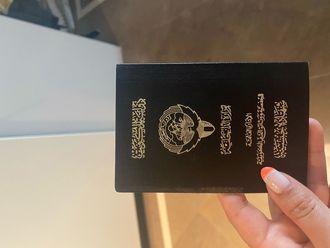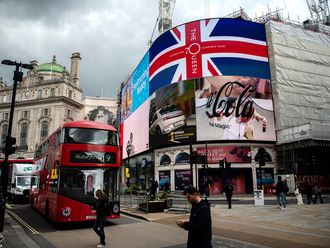Key West: BP forged ahead yesterday with efforts to stem its leaking Gulf of Mexico oil well, amid fears powerful currents were pushing the slick toward prized US tourist resorts and fisheries.
The London energy giant, which has seen its reputation battered and market value cut by $30 billion (Dh110 billion) due to the disaster, said it expected to increase the amount of oil captured from its blown well as it worked on a permanent fix.
A siphon tube inserted into the well was capturing an estimated 2,000 barrels (318,000 litres) per day from the ruptured undersea well, about 40 per cent of the amount that was gushing into the surrounding waters, BP said.
Its progress was being closely watched by the Obama administration, which has taken a tough line on BP and other companies involved in the spill.
Gulf Coast residents, whose livelihood and way of life are threatened, are also watching closely.
Environmentalists warned that the spill could prove worse than the 1989 Exxon Valdez disaster off Alaska — the worst such incident in US history — and bring an ecological and economic calamity to the Gulf region.
In a sign of the BP incident's widening environmental impact, the US nearly doubled a no-fishing zone in waters affected by the oil gushing from the blown well.
The no-fishing zone now extends to 19 per cent of US Gulf waters.
Tests were being done on tar balls found on a Key West island resort to see if they came from the BP well, as Florida braced for the spill's potential impact on its $60 billion-a-year tourism industry.
Oil debris and tar balls have been reported in Louisiana, Alabama and Mississippi. "No one knows where the tar balls are from, but they predict doom and gloom," said Charlie Bauer, of Key West.











